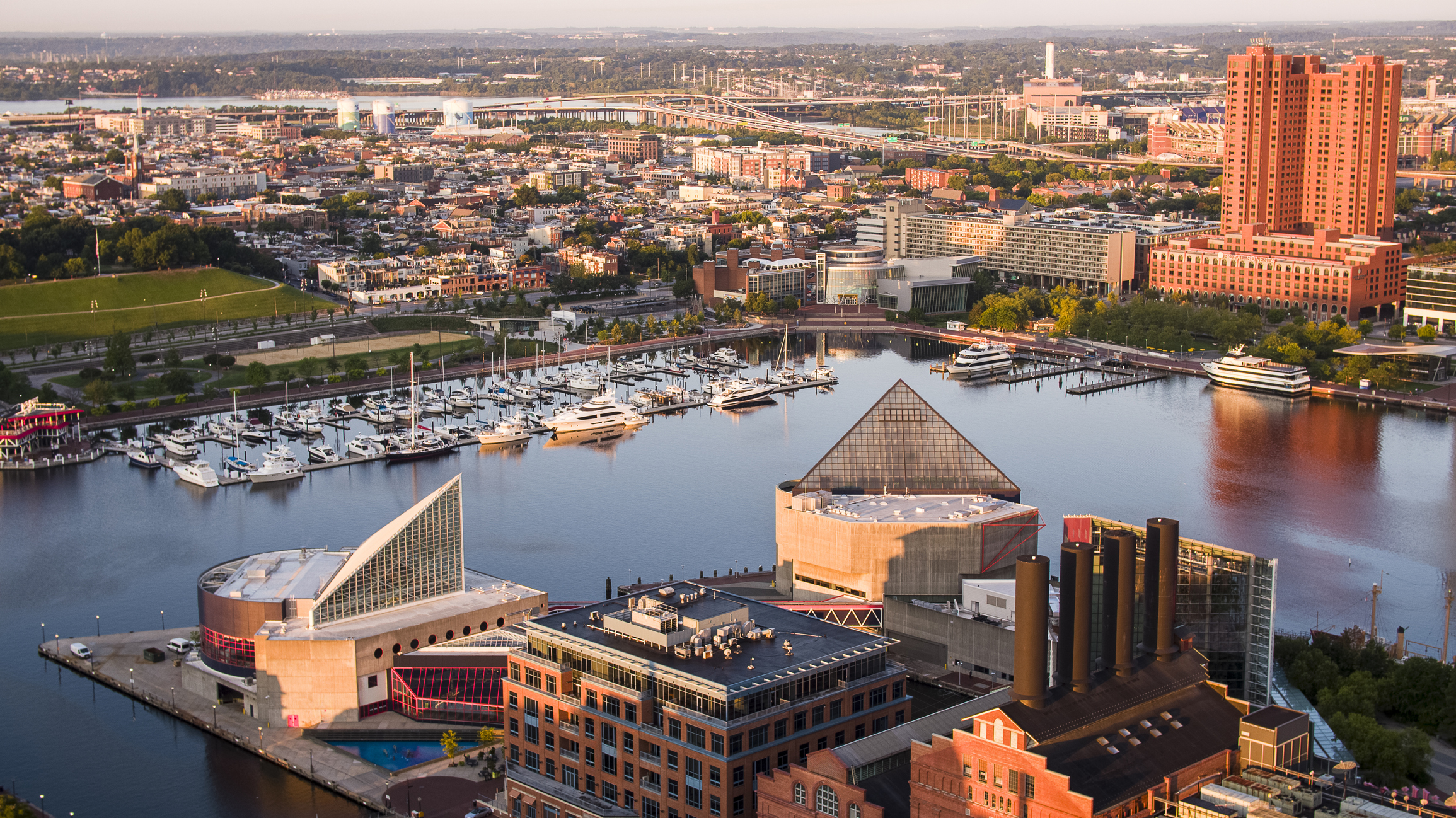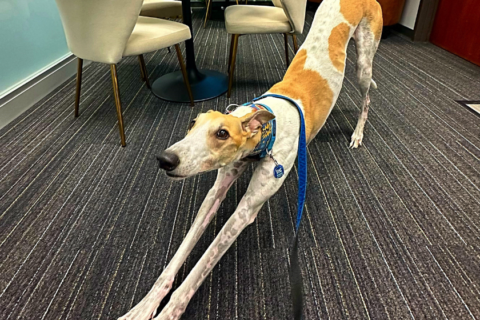This case study is part of the Reimagining Public Safety Impact Updates Resource, which highlights successful programs in cities, towns and villages across the country. View the Reimagining Public Safety Initiative to learn more about NLC’s work in creating safe, equitable communities for all. This is one of four municipalities illustrating Group Violence Intervention, which engages individuals on an interpersonal level to impede continued group violence – with the goal of reducing gun violence and improving community safety.
Baltimore, MD (pop. 585,708): Group Violence Reduction Strategy
Baltimore’s focused deterrence strategy was relaunched as the Group Violence Reduction Strategy (GVRS) beginning with a pilot installation in West Baltimore in January 2022. This strategy leverages a collaborative approach between social service providers, community members, and law enforcement to directly engage individuals most at risk of gun violence (as perpetrators and/or as victims).
Sitting under the Mayor’s Office of Neighborhood Safety and Engagement (MONSE) in partnership with the Baltimore Police Department and State’s Attorney’s Office, GVRS program stakeholders emphasize that the nature of GVRS is to be transformational, not transactional, in its anti-violence engagement.
The program provides individuals with stipends to interact with a GVRS referral partner and engage in positive activities – such as completing job applications, getting a driver’s license, and engaging in job training – and the program grants additional money for steps taken toward employment. These positive consequences are complemented by more punitive enforcement, such as arrest and prosecution, to encourage at-risk individuals to step away from violence or else be held accountable for their actions.
Since the program launch, GVRS has conducted 386 custom notifications and connected 162 individuals at risk of group violence to social services through April 2024. Participants enrolled in GVRS services have a 3 percent recidivism rate and a 5 percent rate of revictimization. Additionally, MONSE launched a Public Safety Accountability Dashboard to provide up-to-date information and data for residents to track the program’s progress.
In 2021, Baltimore Mayor Brandon Scott announced $50 million of American Rescue Plan Act (ARPA) funds would be dedicated to MONSE to fund public safety and violence prevention programs over three years, including GVRS. To implement GVRS at the beginning of 2022, MONSE leveraged over $850,000 of private investment. The 2023 GVRS budget was over $424,000, with an additional $963,000 dedicated to fund nine civilian Baltimore Police Department positions to support GVRS.
Preliminary evaluation shows the first 18 months of GVRS was responsible for reducing homicides and shootings in the Western District by about a quarter, and reducing carjackings by about a third, without moving these crimes to other parts of the city.
Preliminary evaluation shows the first 18 months of GVRS was responsible for reducing homicides and shootings in the Western District by about a quarter, and reducing carjackings by about a third, without moving these crimes to other parts of the city. The tri-party principals of MONSE, Baltimore Police Department, and the State’s Attorney’s Office expanded the GVRS strategy to the Central District in January 2024 and the Eastern District in April 2024. Given the initial success of GVRS, the city plans to expand the program to all districts by 2025.
Key performance metrics include:
- Number of participants, as well as the share of participants who do not recidivate
- Reduction in homicides and nonfatal shootings
- Improved outcomes for those at highest risk of violence (qualitative)
- Improved police-community relations and trust (qualitative)
Acknowledgements for contributions and review from Stefanie Mavronis, Director, Mayor’s Office of Neighborhood Safety and Engagement (MONSE), City of Baltimore.
View the Reimagining Public Safety Impact Update
Learn more about what different cities have done to support public safety, including qualitative and quantitative measures highlighting the impact of community responder models, group violence interventions, hospital-based violence interventions and community violence interventions.







